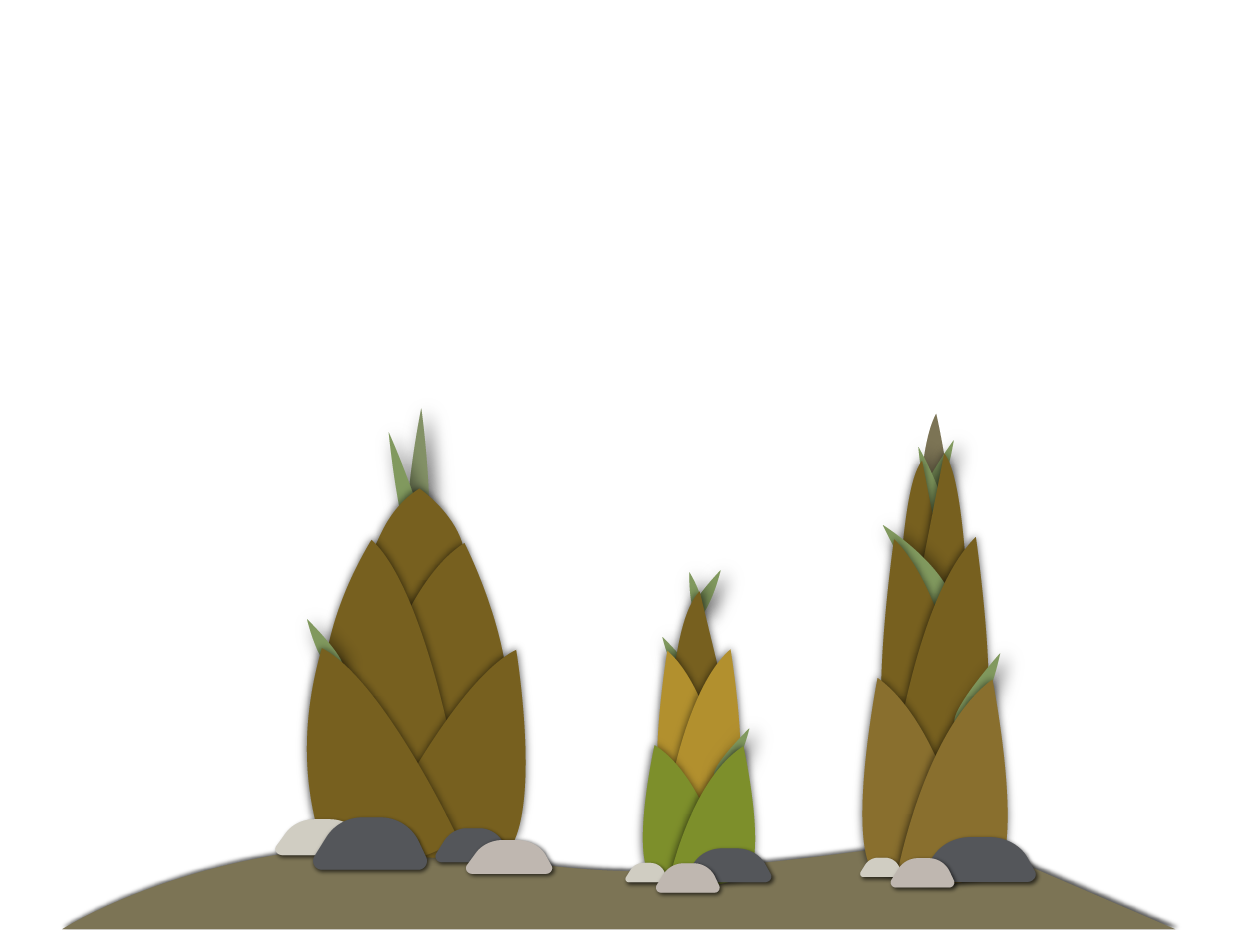Thinking about buying a home? The First Home Savings Account (FHSA) is designed to help you save for your first home.
On this page you’ll find
- What is the First Home Savings Account (FHSA)?
- Where can you get an FHSA?
- What can go into an FHSA?
- Can you have an FHSA at the same time as a TFSA and RRSP?
- Are my FHSA contributions tax deductible?
- How does the FHSA compare to the RRSP Home Buyers’ Plan and a TFSA?
- What happens to your FHSA if you don’t buy a home?
- Summary
What is the First Home Savings Account (FHSA)?
The First Home Savings Account is a type of registered savings plan for Canadians saving to buy their first home. Canadian residents aged 18 years or older can open an FHSA to save towards the purchase of a home in Canada.
There are limits to how much you can put in your FHSA:
- $8,000 – yearly contribution limit
- $40,000 – lifetime contribution limit
Contribution room carries forward to the next year if you don’t put in the full amount. Carry-forward amounts only start accumulating after you open an FHSA for the first time. The carry-forward room does not automatically start when you turn 18.
The FHSA is designed for first-time home buyers. This means that at the time you withdraw money for a home purchase, you have not resided in a home you owned, in the previous four calendar years.
To estimate your potential FHSA savings, try our FHSA Savings Calculator.
Where can you get an FHSA?
You can get an FHSA from banks, credit unions, or any financial institution that issues Registered Retirement Savings Plans (RRSPs) and Tax-Free Savings Accounts (TFSAs).
What can go into an FHSA?
An FHSA can hold savings or investments. The same qualified investments that are allowed to be held in a TFSA can also be held in an FHSA. This could include mutual funds, bonds and GICs.
A TFSA can be used for any kind of savings goal, and also has an annual contribution limit that carries forward each year. Learn more about TFSAs.
Can you have an FHSA at the same time as a TFSA and RRSP?
Yes, you may hold an FHSA as well as a TFSA or RRSP (or all three) at the same time. Learn more about the RRSP Home Buyers’ plan.
The RRSP Home Buyers’ Plan allows you to withdraw up to $35,000 from your RRSP to help buy your first home. However, the amount you withdraw must be repaid to your RRSP within 15 years. And any withdrawals from your RRSP, that are not for your Home Buyers’ Plan, will be considered taxable income.
Your TFSA can be used for any savings goal — and withdrawals are not taxed as income.
An RRSP is primarily designed for retirement savings. It offers other tax advantages, depending on your income level. Learn more about RRSPs.
Are my FHSA contributions tax deductible?
Contributions made to your First Home Savings Account (FHSA) are generally tax deductible. This means you can claim your annual contributions on your tax return, and either reduce your tax owing or add to your refund at tax time.
If you transfer your FHSA into your RRSP, you cannot claim the transfer as a tax deduction. Learn more about tax deductions for your FHSA.
How does the FHSA compare to the RRSP Home Buyers’ Plan and a TFSA?
There are many similarities between the FHSA and the RRSP Home Buyers Plan and a TFSA.
| FHSA | RRSP Home Buyers’ Plan | TFSA | |
|---|---|---|---|
| Contributions are tax deductible | Yes | Yes | No |
| Withdrawals for home purchase are non-taxable | Yes | Yes | Yes |
| Annual contribution amount is tied to income level | No | Yes | No |
| Account can hold savings or investments | Yes | Yes | Yes |
| Unused annual contributions carry forward to the next year | Yes | Yes | Yes |
| For first-time home buyers only | Yes | Yes | No |
| Total contribution amount limit | $40,000 | $35,000 | Cumulative |
| Can check contribution room remaining in CRA MyAccount | TBD | Yes | Yes |
What happens to your FHSA if you don’t buy a home?
If you decide not to use your FHSA contributions to purchase a home, you can transfer the savings into an RRSP or Registered Retirement Income Fund (RRIF) tax free. Otherwise, any withdrawals from your FHSA will be considered taxable income.
There are limits to how long you can keep your FHSA account. You must close your FHSA after you’ve had it for 15 years or by the end of the year you turn 71 — whichever comes first.
The FHSA is a new kind of savings plan. If you’re unsure about whether it’s right for you, consider your long-term savings goals. If you’d like to purchase a home, consider how much you would need to save and whether the FHSA, RRSP Home Buyers’ Plan, or TFSA, would be best for your needs.
Summary
The First Home Savings Account (FHSA) is a new savings plan to help Canadians over 18 save for a home.
- You can save up to $40,000 in an FHSA.
- You can contribute up to $8,000 per year.
- Your contribution room carries forward to the next year if it hasn’t all been used.
- Once you open a FHSA, you can use it for up to 15 years. After that time, it must be closed.
- If you don’t buy a home, any unused savings in your FHSA may be transferred to an RRSP. It can also be withdrawn as taxable income.
